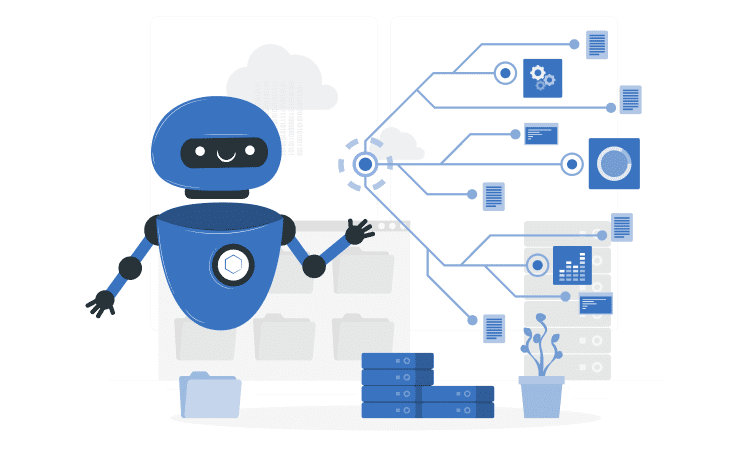
AI Chatbot Development: A Complete Guide



Every modern business sector is directly or indirectly tied to communication with customers. There are always several links in the sales chain. It usually looks like this: consumer, manager, warehouse employee, and logistics provider.
The communication process itself takes place in several formats: audio, video, text messages, or offline communication. All of this wastes company resources and distracts employees from crucial business processes. Virtual assistants and AI chatbot technologies are used to reduce the cost of staff and, at the same time, provide consumers with a top-notch service experience.
A modern intelligent chatbot is capable of combining several vital functions:
The total value of the chatbot industry will reach $142 billion by 2024, and the fastest growing market will be the Far East (70% of the global number of chatbots) and China in particular, with 55% of the industry share (about $80 billion per year).
The high efficiency of chatbot development technologies makes them a significant acquisition for any company engaged in commercial activities or providing services to consumers. And the more progressive the IT solution, the higher the profit.
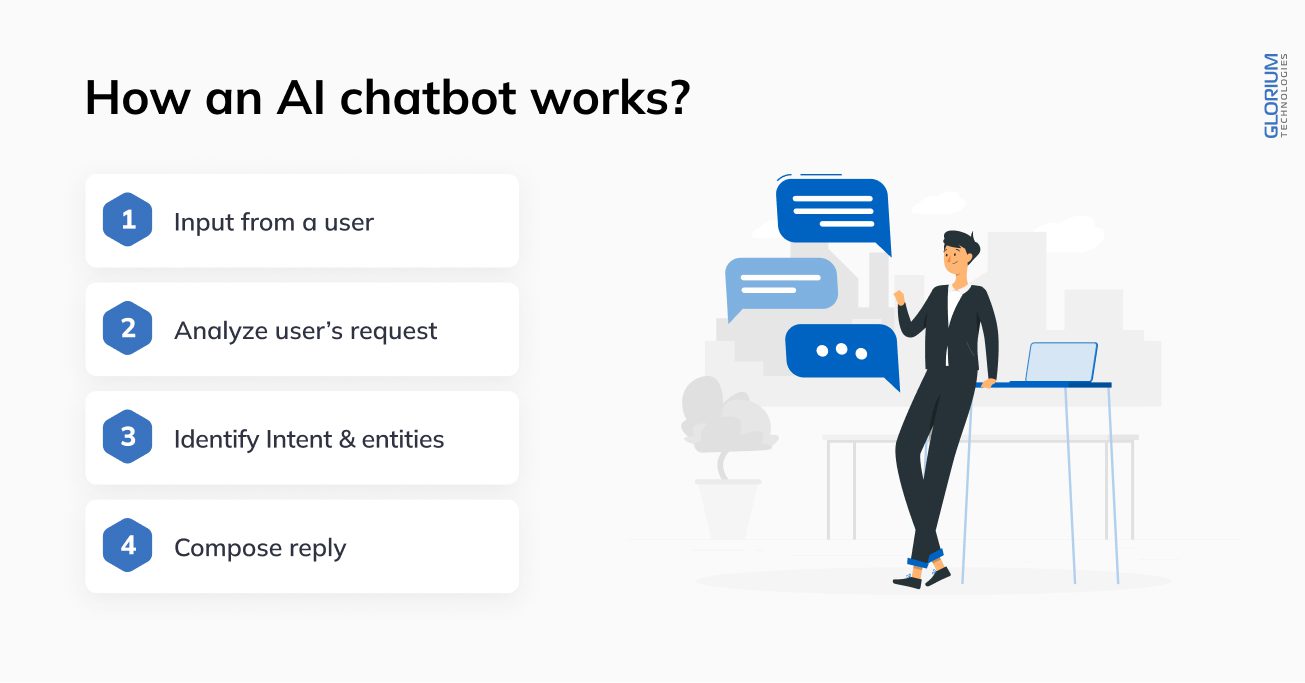
Content
The traditional notion of a “chatbot” is a set of programmed algorithms for code to respond to user requests. But what happens if you add a little freedom to it? We get a modern progressive AI chatbot that will not only respond to messages but also improve itself through active self-learning. This IT solution requires an operating core and machine learning technology connected to data lakes.
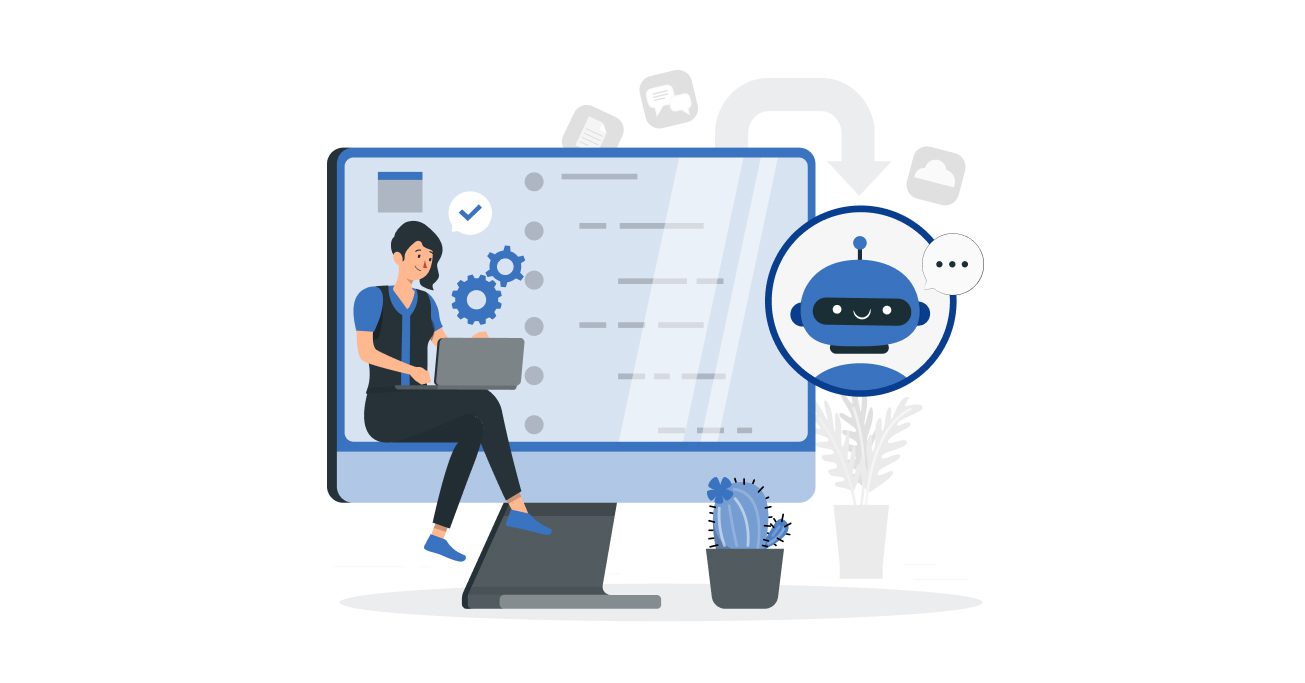
Successful businesses try to expand their presence on the Internet. To do this, they must maintain not only a personal brand resource (website, SPA, mobile app) but also build their influence on popular platforms through AI chatbots. These include: Shopify, Skype, Facebook Messenger, Instagram, etc. Most modern messengers and marketplaces support the introduction of chatbots and give total carte blanche to developers of such software.
In order to provide 90% coverage of the communication tasks of the business, it is necessary to implement the company’s key functions while building an AI chatbot as much as possible. Depending on the company’s business area, the set of assistant commands can be as large and branched out as desired.
Let’s look at a classic template for the functionality of a “smart” chatbot of a commercial company:
Here, we can also add various greeting phrases or dialogue wording based on the user’s geolocation, contact information, and other info received by the bot during communication. However, this becomes possible only when extending the “intelligence” of the chatbot by introducing modern chatbot development technologies, such as AI, ML, and DL.
Read more about AI software development.
The utopian image of a chatbot looks like a hologram of an attractive person, able to conduct a constructive dialogue with consumers through their voice. Such a program should analyze the mood, tone, needs, and requests of the user on the fly, process terabytes of information in the flow, connecting to servers with data. As a result, the digital consultant will be able to produce relevant results in a familiar form. But this is only a fantasy, which is not so far from reality.
Modern development languages, frameworks, and technologies, in general, already know how to process human speech. This is made possible by innovations in chatbot development technologies such as NLP and NLU (natural language processing and program perception). Bot development lasts throughout the entire lifecycle of an IT solution: from its planning to its disconnection from the servers.
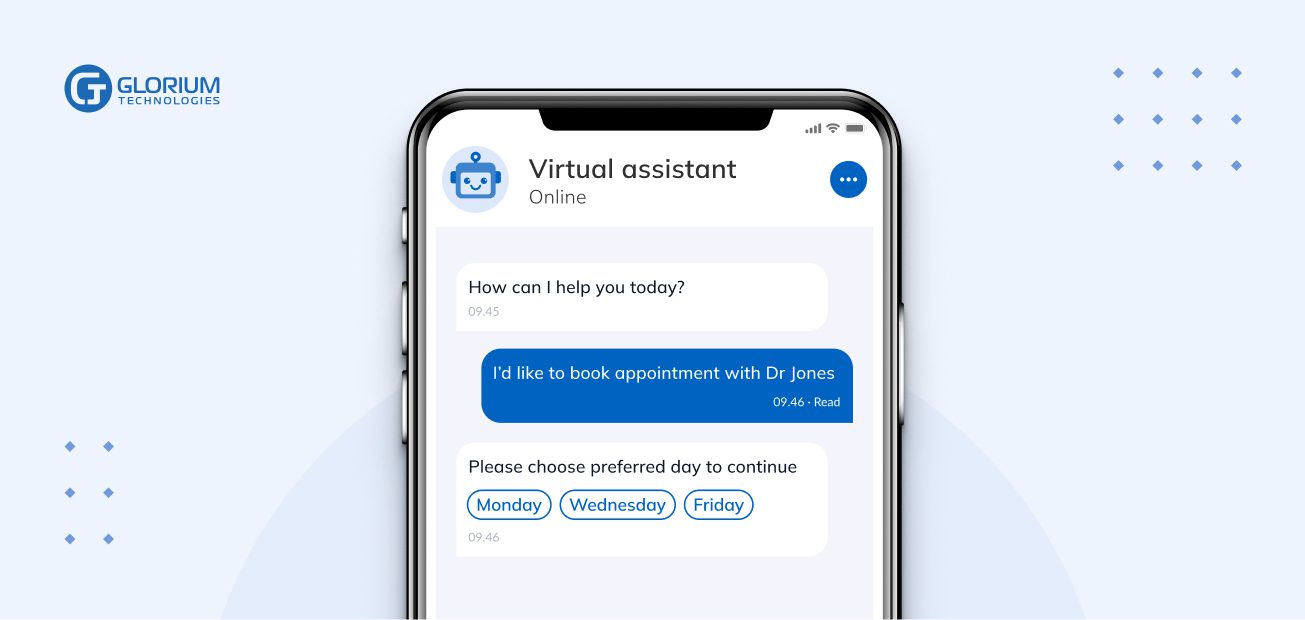
Every company wants to scale, but not every company succeeds. The secret of successful expansion lies in simple solutions. One of them own AI chatbot with a self-development algorithm.
Analysts at Juniper Research predict that more than 70% of chatbots will be used in the e-commerce segment by 2023. About $112 billion worth of transactions will go through them. The winners will be the companies that have implemented digital assistants in their businesses.
Usually, AI chatbot technologies such as AI, machine learning, and integration with data lakes are at the core. Together with NLP and NLU, this opens up new horizons for improving the communication algorithm. In addition to the classic functionality, the digital assistant can independently analyze the interlocutor and engage in a quite conscious constructive dialogue with them.
Joke-like phrases, friendly or strict communication – these are the distinctions by which it is easy to identify the interlocutor: a machine or a person. Modern technology blurs this distinction by training programs with innovative text and voice processing algorithms.
This allows the software to be wholly transformed and gives the chatbot unique features. With their help, it can adapt to the style and tone of the conversation, producing authentic phrases and even entire monologues.
Will it have an impact on sales? Definitely yes, and for the better. After all, as research by Insider Intelligence shows, 32% of survey respondents still prefer chatting with managers because the chatbot is not “communicative” enough. That said, 24% say chatbots process requests faster and save significant time in closing deals.
When a consumer has a non-standard question, they have to go to a manager. The problem is that simple chatbots cannot handle complex or complicated requests. At best, they answer according to a template or redirect the user to a chat with a company representative.
To optimize the communication process, you can include slang phrases in the bot base, build a chain of dependencies and create a query processing architecture. As a result, the conversation will follow a variation scheme with ready-made answer templates for a number of typical questions.
Typically, chatbot algorithms have several options for developing a dialog with a client. These templates work according to a prescribed pattern of phrases and are processed according to parameters such as key phrases or commands prescribed in the bot itself. Modern digital assistants have some semblance of intelligence and can interpret simple communicative language into complex commands. For example, they can compare items, prices, or payment options.
This qualitative algorithm improvement makes it easier for users to communicate with bots. This reduces the time it takes to place an order and its processing in general, which ultimately leads to more sales and brand popularity among consumers.
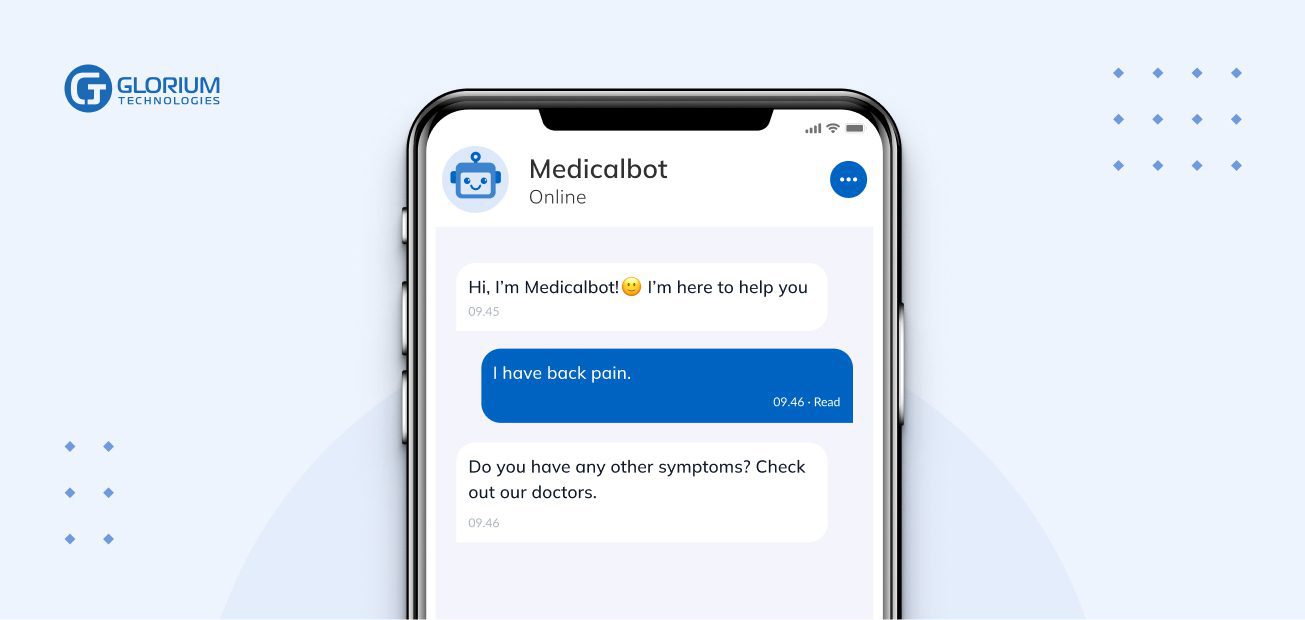
A chatbot is not just answering yes/no and providing links to relevant products or services. A modern chatbot is a flexible information processing system that takes the automation of commerce or other types of services to a new level!
With AI chatbot technology, it is possible to realize virtual assistants competent in solving technical or financial questions. This reduces the cost of company resources for consulting services and redirects them to the organization’s core business processes.
Today’s chatbots can work in isolated or shared information repositories, learning or providing enhanced consumer service. Such digital assistants can easily analyze data according to algorithms and research the market or competitors’ solutions. That is why a chatbot is not only a commercial IT product but also a productive operating unit in a company’s staff, which can be used for a number of routine tasks.
Chatbots can be either created from scratch or implemented on one of the existing platforms. This variability exists for a reason: you need different solutions for different needs. For example, if you need a complex virtual assistant, it’s better to develop it yourself. Still, if you only need basic functionality, you should use a boxed solution with partial customization.
The platform for an AI chatbot (Telegram, Instagram, Facebook, etc.) also plays an important role when choosing key technologies for creating a digital assistant. There are peculiarities of programs and web solutions that need to be studied in advance and considered during development.
Read more about AI consulting services.
The first stage of any development is always analytics. Competitors’ solutions, business specifics, the target audience, and their basic habitat platforms need to be thoroughly studied before you start working on the bot. The information obtained will give you a complete picture of the state of the market, trending solutions, and expectations of typical customers in your area of business.
If you decide to take the path of least resistance, then your choice is a platform for creating chatbots. They allow you to quickly set up communication templates, enter key phrases, connect assortments, etc. The main advantage of such solutions is the speed and cost of development. The disadvantage of ready-made platforms is some limitations. These include weak AI, a simple interface, and basic functionality without the ability to scale.
As of 2024, no development languages or frameworks are designed to create advanced chatbots. Despite this, technologies such as Python, Java, PHP, Ruby, or Lisp are doing a great job. Python has built-in tools for native work with AI and ML, which is a definite plus in the case of intelligent chatbots.
Optimal frameworks for developing chatbots:
They all have support for NLP and NLU, as well as some features unique to each product. For example, Microsoft Bot Framework supports LUIS speech recognition service, and IBM Watson Assistant features an advanced self-learning algorithm.
Before releasing a chatbot, it is necessary to test its functionality comprehensively. To do this, you can use the mechanical method (manual or with the help of testers from among the clients) and the automatic one.
By automating the testing of chatbots using frameworks such as Botium, you can not only check the workability of the IT solution but also train it using ML algorithms. You may need the services of experts, such as Glorium Tech, to make the most of automation.
Chatbots need support throughout their lifecycle. This doesn’t just mean fixing problems or implementing new functionality. Firstly, it is necessary for scaling and learning integrated AI. Secondly, to adapt the digital assistant to new market trends, which change so often that sometimes the bot becomes obsolete before the end of development.
At Glorium Technologies, our expertise in AI chatbot technology is unparalleled, stemming from years of innovation and dedication to pushing the boundaries of conversational AI.
We specialize in crafting intelligent chatbot solutions that seamlessly blend cutting-edge technology with human-like interaction, empowering companies to engage with their customers in the most effective and convenient ways.
At Glorium Technologies, our approach to crafting intelligent chatbot solutions is rooted in a combination of advanced technology and human-centric design principles.
Our pricing is flexible and tailored to the specific requirements you provide. Factors influencing the cost of implementing a chatbot solution include complexity, scope of implementation, customization level, and support and maintenance needs.
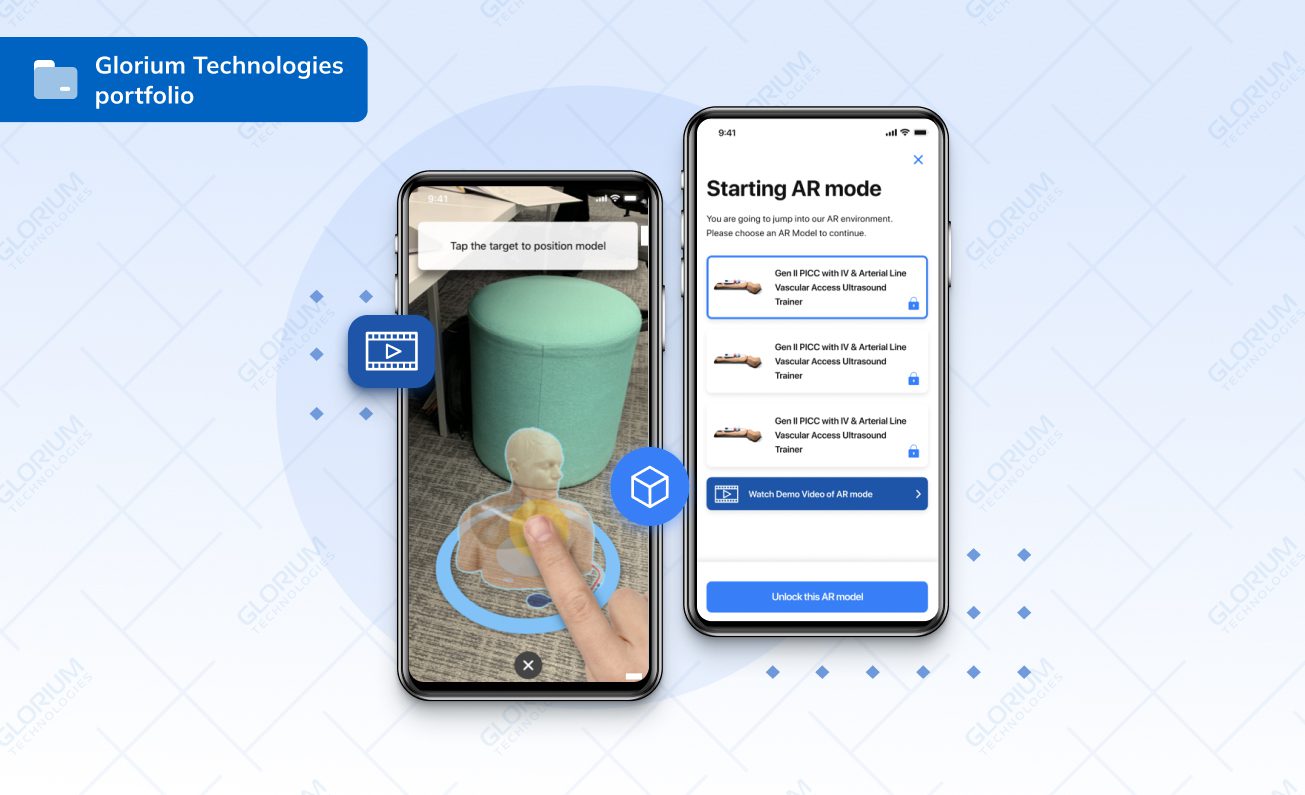
In 2024, AI chatbot technology continues to revolutionize how businesses interact with their customers, providing a seamless and personalized experience. By harnessing the power of natural language processing (NLP) and machine learning algorithms, these chatbots can understand and interpret human language with remarkable accuracy, enabling businesses to offer efficient and effective support around the clock.
One significant advantage lies in the ability to deploy custom solutions tailored to specific business needs and industry requirements, whether it’s streamlining customer service inquiries, guiding users through the sales process, or providing personalized recommendations. Through ongoing training and refinement using machine learning, these chatbots continually improve their understanding of human language, becoming increasingly adept at engaging users in meaningful conversations and addressing their needs in real-time.
Moreover, machine learning algorithms empower AI chatbots to adapt and evolve in response to changing customer preferences and market dynamics. By analyzing vast amounts of data and user interactions, these algorithms can identify patterns, trends, and insights that enable businesses to make data-driven decisions and enhance the overall customer experience.
Whether it’s optimizing responses based on past interactions, predicting user behavior, or identifying potential pain points in the customer journey, machine learning plays a pivotal role in ensuring that AI chatbots remain relevant and valuable assets for businesses in 2024 and beyond.
Ultimately, by leveraging natural language understanding and machine learning capabilities, businesses can unlock new levels of efficiency, productivity, and customer satisfaction, driving growth and competitiveness in today’s digital landscape.
Today’s AI chatbots are an example of self-learning algorithms, though very far from the utopian image. Even in this form, they provide better and faster customer service, increasing the quantity and intensity of sales. Now is the best time to launch your brand bot to market and integrate it into all popular messengers and platforms.
Entrust the task of building an AI chatbot to industry experts – Glorium Technologies. We will create your own chatbot and teach it to speak the language of profit. With our service, not a single client of yours will leave empty-handed!
Natural Language Processing (NLP) is a branch of artificial intelligence (AI) focused on enabling computers to understand, interpret, and generate human language in a meaningful way. In the context of chatbot development, NLP plays a crucial role as it allows chatbots to comprehend user input, engage in conversation, and provide relevant responses.
You can create a custom solution using artificial intelligence by leveraging NLP techniques and development platforms. These platforms provide tools and frameworks that simplify the process of building, training, and deploying AI-powered chatbots tailored to your specific needs and requirements.
Several platforms are available, offering varying degrees of customization and scalability. Some popular options include Dialogflow, IBM Watson Assistant, Microsoft Bot Framework, and Rasa. These platforms provide comprehensive toolsets for designing, training, and deploying chatbots with NLP capabilities. Additionally, you can build ai chatbots with deep learning algorithms.
Chatbot development can be organized in different ways. While prior programming knowledge can be beneficial, many development platforms offer user-friendly interfaces and tools that require minimal coding skills. However, having a basic understanding of programming concepts such as variables, functions, and conditional statements can facilitate the customization and enhancement of your chatbot’s functionality.
While basic chatbots excel at handling straightforward user queries, they may struggle with more complex or nuanced conversations. However, with advancements in bot builder platforms with machine learning and natural language processing (NLP) technologies, it’s possible to build bots capable of engaging in more human-like conversations. By leveraging sophisticated algorithms and training models on large datasets, bot builders can develop chatbots that better understand context, intent, and user preferences, enabling them to handle a wider range of queries in a manner akin to human conversation.
Creating custom chatbots that can engage in human-like conversations requires careful consideration of both the bot’s design and the underlying technology powering it. Bot builders should focus on incorporating robust natural language understanding natural language capabilities into their bots, enabling them to comprehend the nuances of user queries and respond appropriately. Additionally, training the bot on diverse datasets and continuously refining its algorithms can enhance its ability to mimic human conversation patterns and provide more contextually relevant responses.
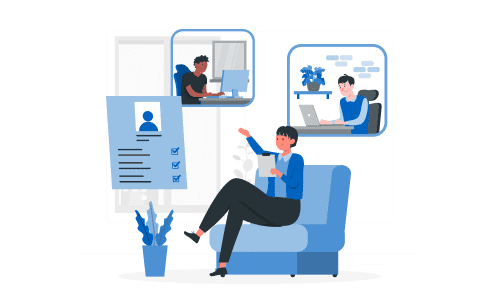
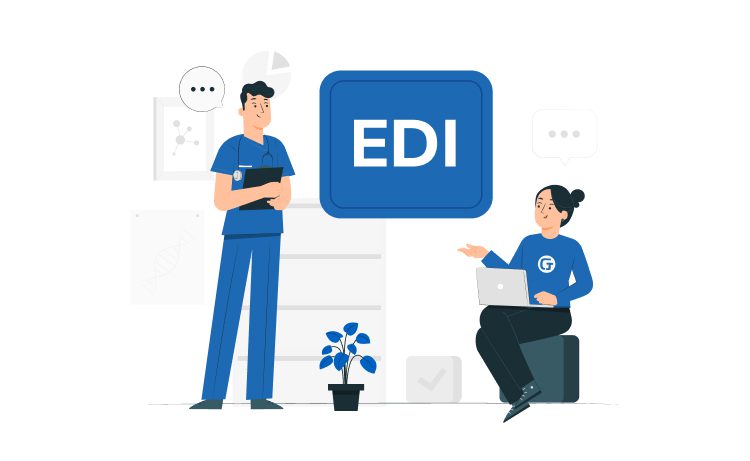
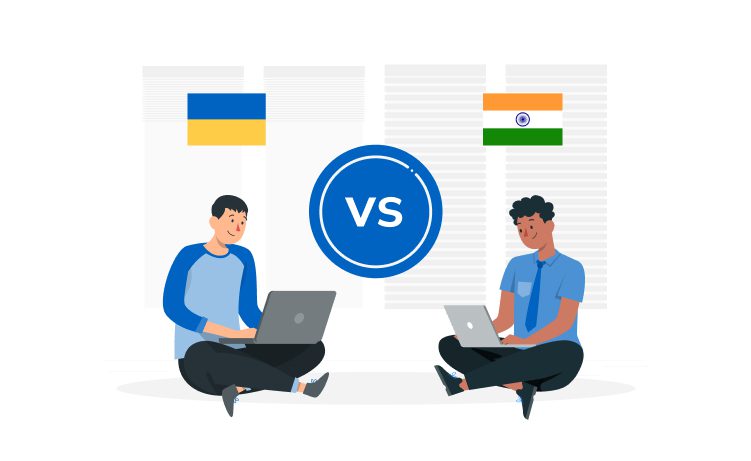
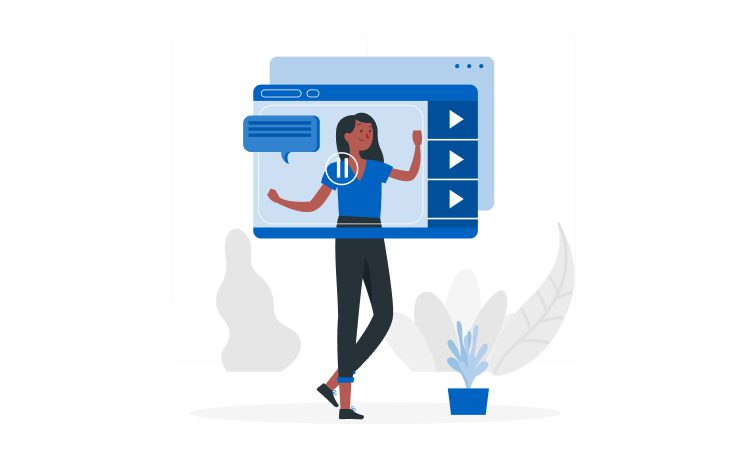
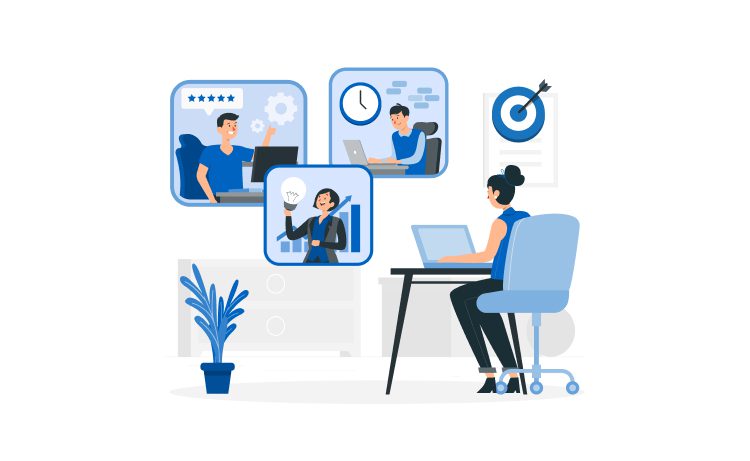

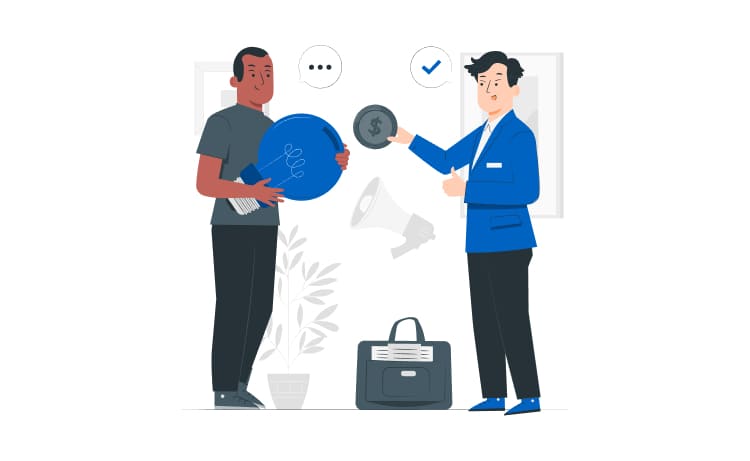

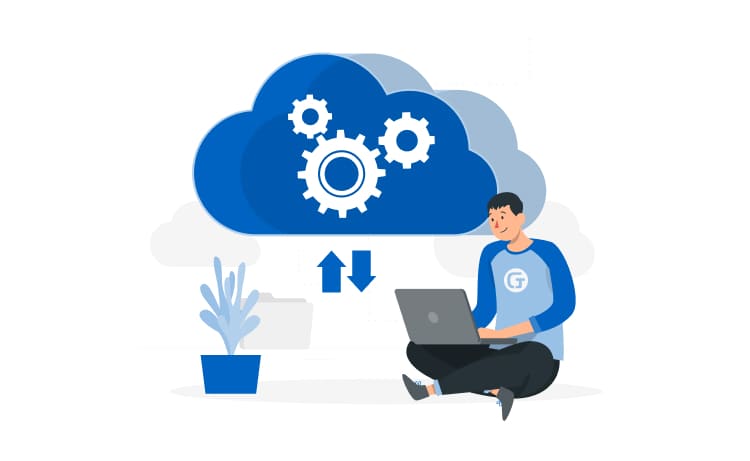
| Cookie | Duration | Description |
|---|---|---|
| cookielawinfo-checkbox-analytics | 11 months | This cookie is set by GDPR Cookie Consent plugin. The cookie is used to store the user consent for the cookies in the category "Analytics". |
| cookielawinfo-checkbox-functional | 11 months | The cookie is set by GDPR cookie consent to record the user consent for the cookies in the category "Functional". |
| cookielawinfo-checkbox-necessary | 11 months | This cookie is set by GDPR Cookie Consent plugin. The cookies is used to store the user consent for the cookies in the category "Necessary". |
| cookielawinfo-checkbox-others | 11 months | This cookie is set by GDPR Cookie Consent plugin. The cookie is used to store the user consent for the cookies in the category "Other. |
| cookielawinfo-checkbox-performance | 11 months | This cookie is set by GDPR Cookie Consent plugin. The cookie is used to store the user consent for the cookies in the category "Performance". |
| viewed_cookie_policy | 11 months | The cookie is set by the GDPR Cookie Consent plugin and is used to store whether or not user has consented to the use of cookies. It does not store any personal data. |